
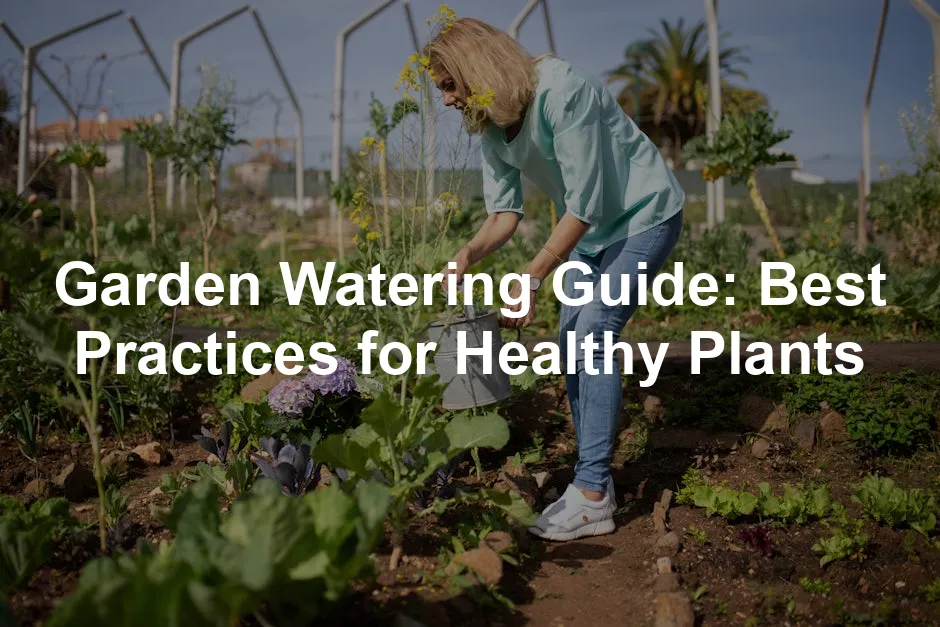
Garden Watering Guide: Best Practices for Healthy Plants
In this guide, we’ll cover best practices for watering, effective watering techniques, and troubleshooting tips to help you achieve optimal results.
Understanding the importance of watering practices can significantly enhance your gardening success. best practices for watering
Understanding Plant Water Needs
Why Water is Essential
Plants primarily use water to transport nutrients from the soil. Without adequate hydration, plants struggle to thrive. Signs of water stress include wilting, yellowing leaves, and stunted growth. Recognizing these symptoms early can save your plants from serious damage.
Plants need consistent moisture for healthy development. Water also plays a critical role in photosynthesis, allowing plants to convert sunlight into energy. Without enough water, this process becomes inefficient, leading to poor growth and yield. Understanding your plants’ specific water needs is vital for a successful garden.
Remember, different plants have varying water requirements. For example, leafy greens may need more moisture than root vegetables. Adjust your watering strategy based on the specific needs of your plants to keep them healthy and productive.
Different Types of Plants and Their Watering Needs
Plants have unique water requirements. Understanding these can help you provide optimal care.
Vegetables typically need more water than flowers. They thrive with consistent moisture. For instance, tomatoes and cucumbers are water-intensive crops. In contrast, many flowers can survive with less frequent watering. If you’re looking to grow some delicious homegrown tomatoes, check out these Vegetable Seeds for Tomatoes to get started!
Shrubs and trees have varying needs too. Established trees often access deeper soil layers. They usually require watering during dry spells. Newly planted shrubs, however, need regular moisture to establish roots.
Soil type significantly impacts watering frequency. Sandy soils drain quickly, requiring more frequent watering. Clay soils hold moisture longer, so you can water less often. Loamy soils offer the best balance, retaining moisture while draining excess. Adjust your watering schedule based on soil type to ensure plant health.
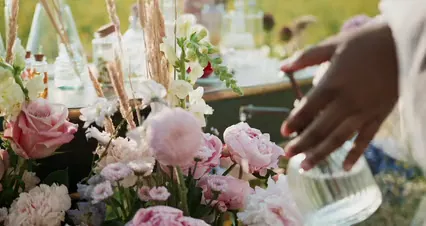
Best Practices for Watering
When to Water
Timing is key when watering your garden. The early morning is the best time. Watering at this time allows plants to absorb moisture before the day’s heat. It also reduces evaporation, which can waste water.
Avoid watering during the hottest part of the day. This can cause water to evaporate before reaching the roots. Evening watering can lead to damp leaves overnight, increasing disease risk. If you must water in the evening, do so early enough to let foliage dry.
Weather conditions play a role too. On hot, sunny days, plants may need extra water. Conversely, during cool, cloudy days, they require less. Always observe your plants and adjust based on their needs.
How to Water
Effective watering techniques ensure your plants thrive. Focus on deep watering. This encourages roots to grow deeper, making plants more resilient. Aim to water the root zone rather than the leaves. This helps prevent fungal diseases.
Different methods work for various gardens. Hoses are great for targeted watering. Sprinklers cover larger areas but often lead to water on leaves. Drip irrigation is highly efficient, delivering water directly to roots while minimizing waste. You might want to consider a Drip Irrigation Kit for even better results!
Implementing a drip irrigation system can greatly enhance your watering efficiency. building a DIY drip irrigation system
Consider using soaker hoses for vegetable gardens. They allow water to seep into the soil slowly, keeping it consistently moist. You can find Soaker Hoses that work wonders for this purpose. Experiment with different methods to find what works best for your garden.
Incorporate these practices to enhance your watering routine. With proper timing and techniques, your plants will flourish. Happy gardening!
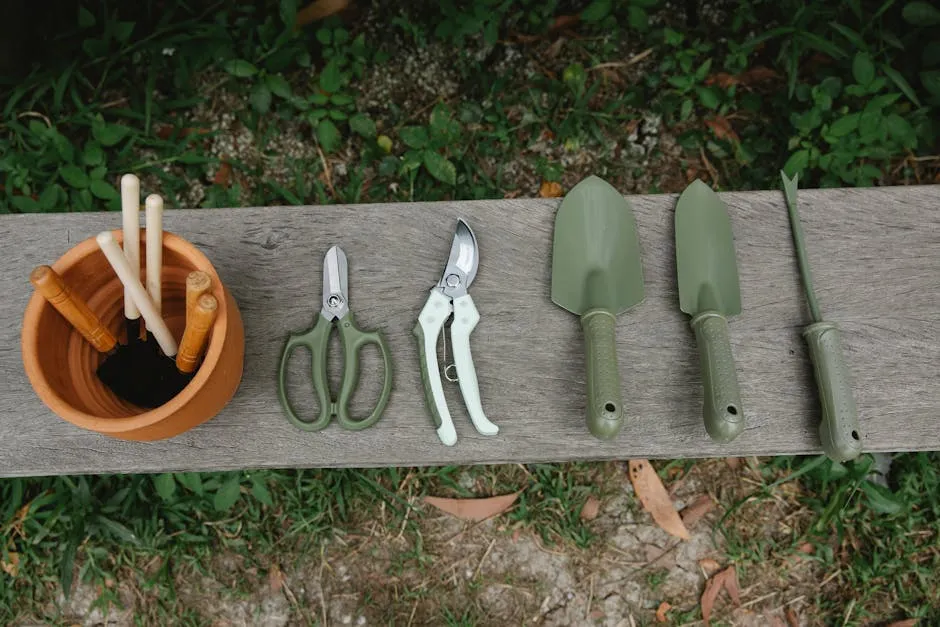
Tools and Equipment
When it comes to watering your garden, having the right tools makes a world of difference. Here are some essential tools you should consider for efficient watering:
- Watering Cans: Perfect for targeted watering, especially for delicate plants. They allow you to control the amount of water you deliver. Opt for one with a detachable spout for versatility. Check out this Watering Can with Detachable Spout for maximum versatility!
- Hoses: A good quality hose is a must-have. Look for one that is lightweight and resistant to kinks. Consider adding a spray nozzle for adjustable water flow, making it easier to water different types of plants. A Expandable Garden Hose can save you a lot of hassle!
- Irrigation Systems: For larger gardens or those with time constraints, an irrigation system can save effort. Drip irrigation systems deliver water directly to the roots, minimizing waste. Soaker hoses are another great option, allowing water to seep into the soil gradually.
Maintaining your watering equipment is equally important. Regularly check for leaks or clogs in hoses and nozzles. Clean out your watering cans to prevent algae buildup. Proper maintenance helps ensure that your tools perform optimally, saving you time and effort.
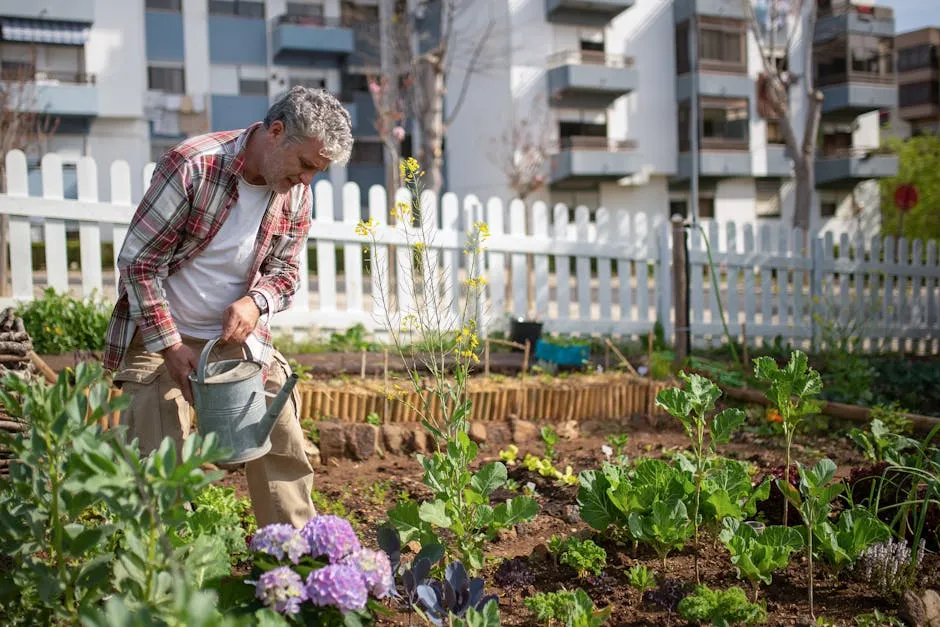
Troubleshooting Watering Issues
Overwatering vs. Underwatering
Overwatering can lead to root rot, a serious issue for plants. Signs of overwatering include yellowing leaves, wilting, and a mushy root system. If you notice these symptoms, stop watering immediately. Allow the soil to dry out before resuming.
On the other hand, underwatering can stress plants. Signs include drooping leaves, dry soil, and stunted growth. To revive stressed plants, give them a deep watering. Check the soil moisture first. If the top couple of inches are dry, it’s time to water.
In both cases, monitoring is key. Use tools like Moisture Meters for Soil or simply check the soil with your fingers. Understanding your plants’ needs will help you maintain their health and vigor.
Soil Types and Their Impact on Watering
Understanding soil types is essential for effective watering. Different soils have unique properties that influence water retention and drainage. For instance, sandy soils drain quickly. This means they require more frequent watering. On the other hand, clay-heavy soils retain water well but can become waterlogged. This can lead to root issues and poor plant health.
To manage sandy soils, consider adding organic matter. Compost improves water retention, helping plants thrive. You can also use organic mulch to reduce evaporation. A thick layer of mulch will keep the soil cooler and retain moisture longer.
For clay-heavy soils, it’s crucial to avoid overwatering. Allow the top few inches of soil to dry out before watering again. Incorporating organic matter into clay soil can enhance drainage. This will help prevent water from pooling around plant roots. Additionally, using raised beds can provide better drainage and improve root health.
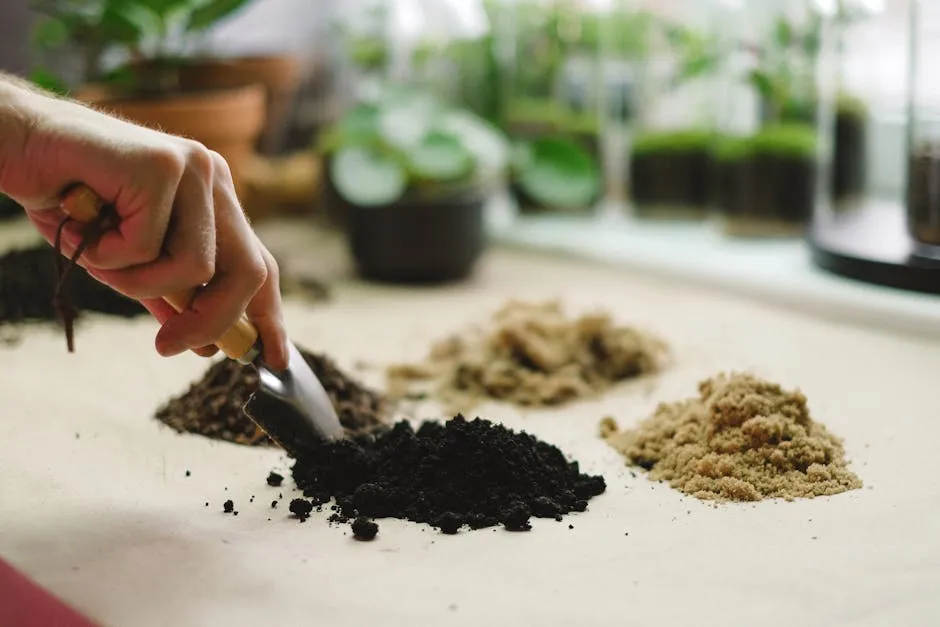
Water Conservation Strategies
Efficient Watering Techniques
Water-saving techniques are vital for maintaining a healthy garden. By implementing efficient watering practices, you can keep your plants hydrated while conserving water.
One effective method is using mulch. A layer of organic mulch prevents surface evaporation. This keeps the soil moist for longer periods. Another option is installing rain barrels. Collecting rainwater allows you to water your garden sustainably. You can also use greywater systems. These systems recycle water from sinks and showers. Just ensure that the water is free from harsh chemicals.
Choosing drought-resistant plants is another excellent choice. This method delivers water directly to the roots. It reduces waste and promotes healthy growth. If you’re looking for a simple solution, consider soaker hoses. They slowly release water into the soil, ensuring even moisture distribution.
Selecting drought-resistant plants can significantly reduce your watering needs and enhance your garden’s sustainability. best drought-resistant plants for arid climates
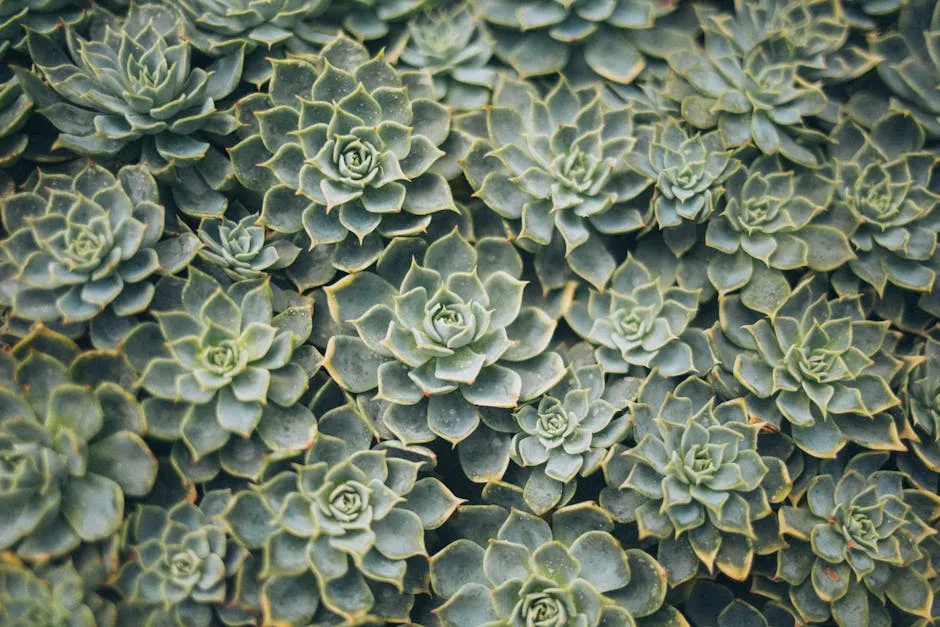
Choosing Drought-Resistant Plants
Selecting drought-resistant plants can significantly reduce your watering needs. These plants thrive in dry conditions, requiring less water. They often have deep roots, allowing them to access moisture deeper in the soil.
Consider adding plants like lavender, succulents, or rosemary to your garden. These species not only conserve water but also add beauty and color. You can grab some lavender seeds to get started! Rosemary plants are also a fantastic choice for your garden! Succulent plant collections can add a delightful touch as well.
Using native plants can enhance your garden’s resilience and reduce maintenance needs. Best native plants for attracting local wildlife
Using drought-resistant plants will lead to a more sustainable garden. You’ll save time and resources while enjoying a vibrant landscape.
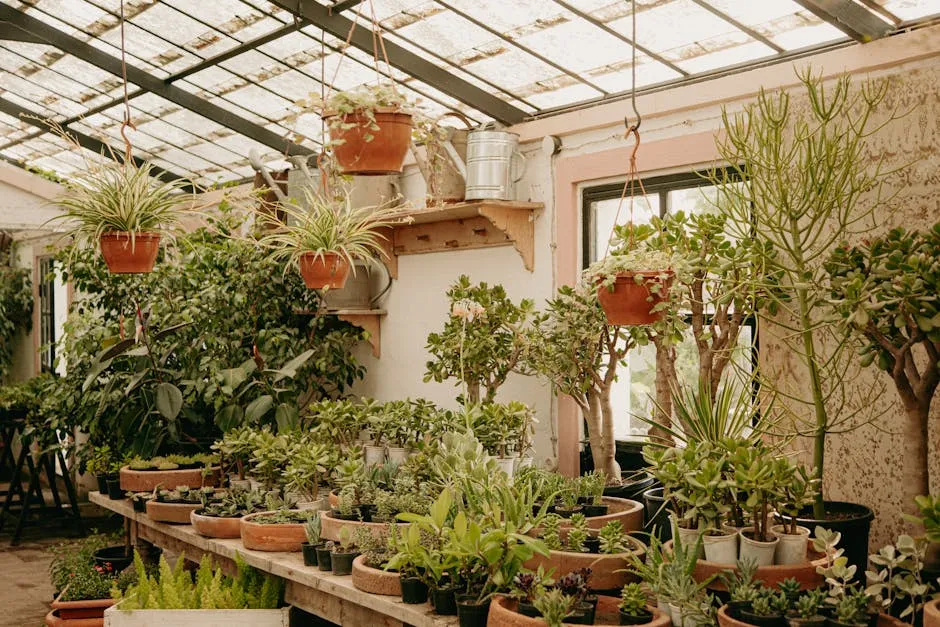
Conclusion
Understanding proper watering techniques is essential for a thriving garden. By assessing your watering practices, you can make necessary adjustments. This will lead to healthier plants and a more sustainable environment. Efficient watering not only benefits your garden but also conserves precious resources. Remember, making small changes can have a significant impact on your gardening success.

FAQs
How often should I water my garden?
Watering frequency depends on plant types and weather conditions. Typically, aim for once a week, adjusting as needed.
What is the best time of day to water my plants?
Morning is generally preferred. This allows plants to absorb moisture before the heat of the day.
How can I tell if my plants need water?
Look for signs like drooping leaves or dry soil. You can also check soil moisture with your finger.
Can I water my garden with rainwater?
Yes! Rainwater is great for plants and can save on water bills. Collect it using rain barrels.
What are the signs of overwatering?
Symptoms include yellowing leaves and a soggy root system. To remedy this, reduce watering and allow the soil to dry.
Is drip irrigation better than sprinklers?
Drip irrigation is more efficient for targeted watering. Sprinklers can waste water and promote fungal diseases.
Please let us know what you think about our content by leaving a comment down below!
Thank you for reading till here 🙂
All images from Pexels
Introduction
Watering your garden properly is crucial for thriving plants. It ensures they get the hydration they need to grow strong and healthy. Effective watering practices can boost plant health and improve yields. This guide aims to equip you with essential watering techniques tailored for various garden types.
Summary and Overview
Water is vital for plant health and growth. It affects nutrient uptake and photosynthesis, which are key to a plant’s vigor. However, gardeners often face challenges like overwatering or underwatering. Timing, technique, and the right tools are essential for successful watering.
In this guide, we’ll cover best practices for watering, effective watering techniques, and troubleshooting tips to help you achieve optimal results.
Understanding the importance of watering practices can significantly enhance your gardening success. best practices for watering
Understanding Plant Water Needs
Why Water is Essential
Plants primarily use water to transport nutrients from the soil. Without adequate hydration, plants struggle to thrive. Signs of water stress include wilting, yellowing leaves, and stunted growth. Recognizing these symptoms early can save your plants from serious damage.
Plants need consistent moisture for healthy development. Water also plays a critical role in photosynthesis, allowing plants to convert sunlight into energy. Without enough water, this process becomes inefficient, leading to poor growth and yield. Understanding your plants’ specific water needs is vital for a successful garden.
Remember, different plants have varying water requirements. For example, leafy greens may need more moisture than root vegetables. Adjust your watering strategy based on the specific needs of your plants to keep them healthy and productive.
Different Types of Plants and Their Watering Needs
Plants have unique water requirements. Understanding these can help you provide optimal care.
Vegetables typically need more water than flowers. They thrive with consistent moisture. For instance, tomatoes and cucumbers are water-intensive crops. In contrast, many flowers can survive with less frequent watering. If you’re looking to grow some delicious homegrown tomatoes, check out these Vegetable Seeds for Tomatoes to get started!
Shrubs and trees have varying needs too. Established trees often access deeper soil layers. They usually require watering during dry spells. Newly planted shrubs, however, need regular moisture to establish roots.
Soil type significantly impacts watering frequency. Sandy soils drain quickly, requiring more frequent watering. Clay soils hold moisture longer, so you can water less often. Loamy soils offer the best balance, retaining moisture while draining excess. Adjust your watering schedule based on soil type to ensure plant health.

Best Practices for Watering
When to Water
Timing is key when watering your garden. The early morning is the best time. Watering at this time allows plants to absorb moisture before the day’s heat. It also reduces evaporation, which can waste water.
Avoid watering during the hottest part of the day. This can cause water to evaporate before reaching the roots. Evening watering can lead to damp leaves overnight, increasing disease risk. If you must water in the evening, do so early enough to let foliage dry.
Weather conditions play a role too. On hot, sunny days, plants may need extra water. Conversely, during cool, cloudy days, they require less. Always observe your plants and adjust based on their needs.
How to Water
Effective watering techniques ensure your plants thrive. Focus on deep watering. This encourages roots to grow deeper, making plants more resilient. Aim to water the root zone rather than the leaves. This helps prevent fungal diseases.
Different methods work for various gardens. Hoses are great for targeted watering. Sprinklers cover larger areas but often lead to water on leaves. Drip irrigation is highly efficient, delivering water directly to roots while minimizing waste. You might want to consider a Drip Irrigation Kit for even better results!
Implementing a drip irrigation system can greatly enhance your watering efficiency. building a DIY drip irrigation system
Consider using soaker hoses for vegetable gardens. They allow water to seep into the soil slowly, keeping it consistently moist. You can find Soaker Hoses that work wonders for this purpose. Experiment with different methods to find what works best for your garden.
Incorporate these practices to enhance your watering routine. With proper timing and techniques, your plants will flourish. Happy gardening!

Tools and Equipment
When it comes to watering your garden, having the right tools makes a world of difference. Here are some essential tools you should consider for efficient watering:
- Watering Cans: Perfect for targeted watering, especially for delicate plants. They allow you to control the amount of water you deliver. Opt for one with a detachable spout for versatility. Check out this Watering Can with Detachable Spout for maximum versatility!
- Hoses: A good quality hose is a must-have. Look for one that is lightweight and resistant to kinks. Consider adding a spray nozzle for adjustable water flow, making it easier to water different types of plants. A Expandable Garden Hose can save you a lot of hassle!
- Irrigation Systems: For larger gardens or those with time constraints, an irrigation system can save effort. Drip irrigation systems deliver water directly to the roots, minimizing waste. Soaker hoses are another great option, allowing water to seep into the soil gradually.
Maintaining your watering equipment is equally important. Regularly check for leaks or clogs in hoses and nozzles. Clean out your watering cans to prevent algae buildup. Proper maintenance helps ensure that your tools perform optimally, saving you time and effort.

Troubleshooting Watering Issues
Overwatering vs. Underwatering
Overwatering can lead to root rot, a serious issue for plants. Signs of overwatering include yellowing leaves, wilting, and a mushy root system. If you notice these symptoms, stop watering immediately. Allow the soil to dry out before resuming.
On the other hand, underwatering can stress plants. Signs include drooping leaves, dry soil, and stunted growth. To revive stressed plants, give them a deep watering. Check the soil moisture first. If the top couple of inches are dry, it’s time to water.
In both cases, monitoring is key. Use tools like Moisture Meters for Soil or simply check the soil with your fingers. Understanding your plants’ needs will help you maintain their health and vigor.
Soil Types and Their Impact on Watering
Understanding soil types is essential for effective watering. Different soils have unique properties that influence water retention and drainage. For instance, sandy soils drain quickly. This means they require more frequent watering. On the other hand, clay-heavy soils retain water well but can become waterlogged. This can lead to root issues and poor plant health.
To manage sandy soils, consider adding organic matter. Compost improves water retention, helping plants thrive. You can also use organic mulch to reduce evaporation. A thick layer of mulch will keep the soil cooler and retain moisture longer.
For clay-heavy soils, it’s crucial to avoid overwatering. Allow the top few inches of soil to dry out before watering again. Incorporating organic matter into clay soil can enhance drainage. This will help prevent water from pooling around plant roots. Additionally, using raised beds can provide better drainage and improve root health.

Water Conservation Strategies
Efficient Watering Techniques
Water-saving techniques are vital for maintaining a healthy garden. By implementing efficient watering practices, you can keep your plants hydrated while conserving water.
One effective method is using mulch. A layer of organic mulch prevents surface evaporation. This keeps the soil moist for longer periods. Another option is installing rain barrels. Collecting rainwater allows you to water your garden sustainably. You can also use greywater systems. These systems recycle water from sinks and showers. Just ensure that the water is free from harsh chemicals.
Choosing drought-resistant plants is another excellent choice. This method delivers water directly to the roots. It reduces waste and promotes healthy growth. If you’re looking for a simple solution, consider soaker hoses. They slowly release water into the soil, ensuring even moisture distribution.
Selecting drought-resistant plants can significantly reduce your watering needs and enhance your garden’s sustainability. best drought-resistant plants for arid climates

Choosing Drought-Resistant Plants
Selecting drought-resistant plants can significantly reduce your watering needs. These plants thrive in dry conditions, requiring less water. They often have deep roots, allowing them to access moisture deeper in the soil.
Consider adding plants like lavender, succulents, or rosemary to your garden. These species not only conserve water but also add beauty and color. You can grab some lavender seeds to get started! Rosemary plants are also a fantastic choice for your garden! Succulent plant collections can add a delightful touch as well.
Using native plants can enhance your garden’s resilience and reduce maintenance needs. Best native plants for attracting local wildlife
Using drought-resistant plants will lead to a more sustainable garden. You’ll save time and resources while enjoying a vibrant landscape.

Conclusion
Understanding proper watering techniques is essential for a thriving garden. By assessing your watering practices, you can make necessary adjustments. This will lead to healthier plants and a more sustainable environment. Efficient watering not only benefits your garden but also conserves precious resources. Remember, making small changes can have a significant impact on your gardening success.

FAQs
Please let us know what you think about our content by leaving a comment down below!
Thank you for reading till here 🙂
All images from Pexels



